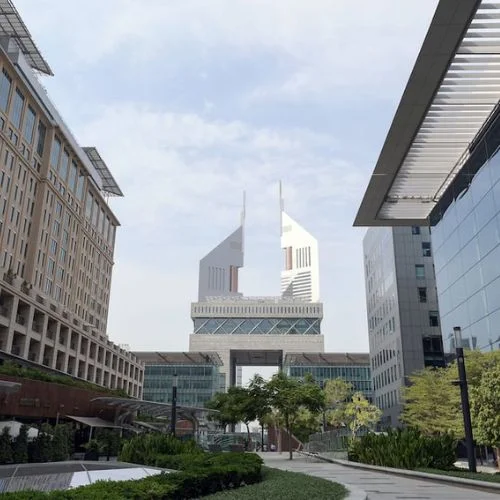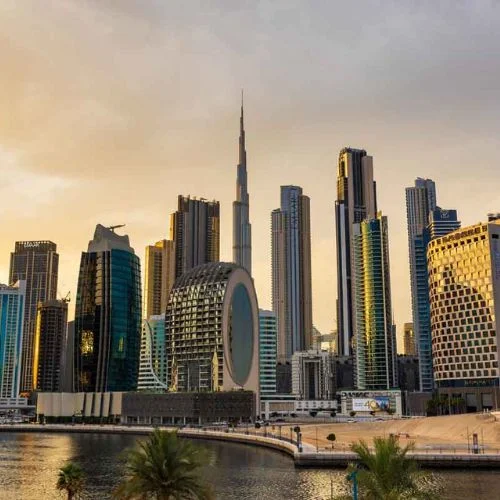In an attempt to capitalise on a boom in the rapidly expanding aviation business with a stronger emphasis on international routes, Indian airlines and aircraft manufacturers Boeing and Airbus will unveil new orders this week and display huge planes.
India is aiming to become a regional aviation hub that can compete with Dubai and Singapore. This is why the Wings India event, which takes place in Hyderabad, in the country’s south from Thursday to Sunday, is expected to attract government and lessor representatives.
In answer to a question about the industry’s growth, Jyotiraditya Scindia, the minister of civil aviation, told Reuters last week that “air traffic, airports, and fleet size are going to grow at a double digit growth annually in years to come.”
The demand for travel is outpacing the availability of aircraft, making India the country with the fastest-growing aviation industry in the world, yet overseas carriers like Emirates handle the majority of this business.
At this week’s aviation expo, Akasa, the newest airline in India, which is scheduled to begin international flights in 2024, is anticipated to announce an order for approximately 150 Boeing 737 MAX narrowbody planes, adding to the recent record orders placed by larger competitors.
It was not immediately apparent if Akasa’s order covered Boeing’s contentious 737 Max 9 aircraft, since the planemaker was under scrutiny from authorities following a cabin panel blowout this month that exacerbated its safety issues.
The 737 Max 9 is not currently flown by Indian commercial carriers.
In the aftermath of the bankruptcy of two other Indian airlines since 2011, the activity is taking place despite the financial difficulties of two budget carriers, GoFirst and SpiceJet.
Nonetheless, Scindia noted that bankruptcies were a “thing of the past” and that a boom in the industry had been created by the emergence of smaller regional airlines and government incentives for carriers to operate in smaller locations.
With an estimated $12 billion invested in new airport construction and renovation, India hopes to increase the number of airports from 150 to 200 within five years.
According to figures from the government and aviation consultancy CAPA India, domestic passenger traffic is predicted to soar to 350 million by 2030, up from 152 million in 2023, while international traveller numbers would rise to 160 million.
India now has over 700 aircraft in its fleet, and IndiGo, Air India, and Akasa have orders for about 1,500 more.
According to Remi Maillard, managing director of Airbus India and South Asia, the number indicates the market’s thirst for expansion, particularly in the long-haul category as international air travel becomes more and more prominent, as reported by Reuters.
The world’s largest twin-engine passenger aeroplane, the Boeing 777-9, will be on exhibit at the Hyderabad event with Air India’s first Airbus A350.
They will fly on the worldwide network of the Indian airline and are included in its recent order book.
However, a lot more aircraft are also being ordered for the home market, raising the possibility of an overstock in the near future, which analysts have cautioned might make it difficult for airlines to turn a profit in the face of fierce competition.
Additional hazards to expansion encompass mechanical issues and a pilot scarcity, which may intensify due to government intentions to reduce flight durations in response to weariness-related demonstrations.
“Indian airlines will have a very busy 2024 on the international front, but we expect that the impact on financials may also be visible,” CAPA India stated in an earlier note.















